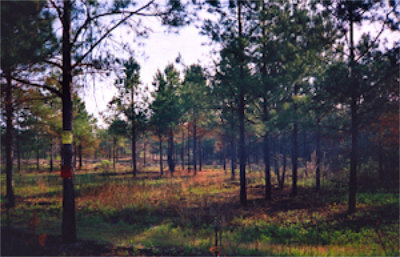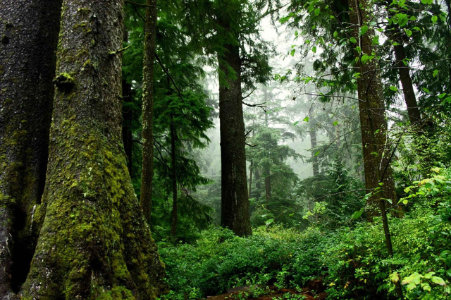Habitat Management that produces results
Dougherty & Dougherty Forestry Services enjoys assisting private forest landowners with their wildlife management needs. The goal in doing so is to tailor the management to the owner’s species of interest, to their wildlife management budget, and to their personal desires. Our desire is to show maximum, measured results for the investment in time and capital committed. To achieve this goal, services offered fall into one of following four categories:
- Property vision, design and planning. This can begin with the actual acquisition of a property, or with the design of an already purchased property. At the core of this objective is cover type delineation, food plot layout and prescription, and activity planning.
- Resource analysis. Before launching into a wildlife management regime, it is important to understand and benchmark the initial condition, in regards to forage availability and quality, cover status, and base population and predation levels.
- Habitat manipulation. These are implementation services. We manipulate the habitat with many tools, to include prescribed burning, food plot installation and maintenance, soft and hard mast plantings, herbicide application, timber thinning, and other services.
- Species population dynamics. Wildlife populations are not static, but rather increase or decrease in response to natural predation, realized harvest levels, available forage or cover, or specific habitat quality. We can monitor species’ populations through one-time or reoccurring scheduled population surveys.

This timber stand has been thinned to a low density. An annual prescribed understory burn is completed on a large portion of the tract each year. In addition, annual disking is completed in some areas. The thinning allows more sunlight to reach the forest floor.
The burning and disking promote the production of natural legumes, seed-bearing plants and cover plants. The cover present is a mix of escape, brood-rearing and nesting cover. The result of these collective management activities is quality deer, turkey and quail habitat with high volumes of forage and plenty of cover.
Please feel free to contact us to discuss how we can work with you to make your wildlife habitat dreams come to reality.
